Salads
![Tik Tok Korean Cucumber Salad is a fresh and crunchy dish. It is perfect for a light meal or side. This salad uses simple ingredients. They come together to create bold flavors. Let’s dive into what you will need. - 2 medium cucumbers, thinly sliced - 1 teaspoon salt - 2 tablespoons sesame oil - 1 tablespoon soy sauce - 1 tablespoon rice vinegar - 2 teaspoons gochugaru (Korean red pepper flakes) - 1 tablespoon sugar - 1 garlic clove, minced - 2 green onions, chopped - 1 tablespoon sesame seeds These ingredients make the salad bright and tasty. The cucumbers provide crunch, while the dressing adds flavor. I love how easy it is to make this salad. You can enjoy it right away or let it chill for a bit. For the full recipe, check out the detailed instructions. To start, you need to prepare the cucumbers. Take two medium cucumbers and wash them well. Slice them thinly, about a quarter-inch thick. This helps the cucumbers soak up the flavors. Place the cucumber slices in a mixing bowl. Sprinkle one teaspoon of salt over them. Toss well to coat each slice. Let the cucumbers sit for about 30 minutes. This draws out excess moisture and makes them crunchy. After 30 minutes, rinse the cucumbers under cold water. This removes the extra salt. Drain them in a colander and pat them dry with paper towels. Dry cucumbers mix better with the dressing. Now, they are ready for the next steps. Next, let’s make the dressing. In a separate bowl, combine the ingredients. You will need two tablespoons of sesame oil, one tablespoon of soy sauce, and one tablespoon of rice vinegar. Add two teaspoons of gochugaru, one tablespoon of sugar, and one minced garlic clove. Whisk these ingredients together until they blend well. The dressing should smell amazing and have a nice balance of flavors. Now, it’s time to mix everything together. Add the drained cucumbers to the bowl with the dressing. Toss them gently so each slice gets coated. This is where the magic happens! Then add in two chopped green onions and one tablespoon of sesame seeds. Mix gently again to combine. Let the salad sit for at least 10 minutes. This allows the flavors to meld. You can serve it chilled or at room temperature. If you want, garnish with extra sesame seeds for a nice touch. Enjoy your fresh and crunchy Tik Tok Korean Cucumber Salad! For all the steps, check out the [Full Recipe]. To make the Tik Tok Korean cucumber salad just right, adjust the seasoning to fit your taste. If you like it sweeter, add more sugar. Want more heat? Add extra gochugaru. Always taste as you mix. This way, you can find your perfect blend of flavors. Keeping cucumbers crunchy is key. After cutting them, sprinkle salt and let them sit. This draws out water, making them crisp. Rinse them well to remove the salt, then dry them with paper towels. This step ensures a satisfying crunch in every bite. Serving your salad well makes it look tasty. Use a nice bowl for the salad. Add a sprinkle of sesame seeds on top for flair. You might also place sliced green onions around the edge. This adds color and makes the dish pop. For a final touch, a few cucumber ribbons on top can impress your guests. {{image_2}} You can change the flavor of the Tik Tok Korean Cucumber Salad. Try adding different spices. For a zing, use a splash of lime juice. If you want more heat, add more gochugaru. You can also mix in some diced bell pepper for added crunch. Each tweak makes it special. This salad can fit many diets. For a gluten-free option, use tamari instead of soy sauce. To make it vegan, skip the sugar or use agave syrup. You can also replace sesame oil with olive oil for a lighter taste. These changes keep it fresh and tasty for everyone. Add a twist with other Asian flavors. Try adding sliced radish for a crunchy bite. You can also mix in some chopped cilantro for a fresh touch. If you love sesame, add toasted nori strips on top. These additions give your salad a unique flair and show off your creativity. For the full recipe, check out the crispy kickin' Korean cucumber salad. To keep your Tik Tok Korean cucumber salad fresh, store it in an airtight container. Make sure to place it in the fridge right after serving. This helps the salad stay crunchy and tasty. If you have leftovers, use them within a few days for the best taste. The salad stays fresh for about 3 days when stored properly. After this time, cucumbers may become soft and lose their crispness. Always check for any signs of spoilage before eating. This salad is best served cold or at room temperature. If you want to enjoy it warm, you can lightly sauté the cucumbers for a minute. However, this may change the salad's texture. Enjoying it fresh is the way to go. For the full recipe, check out the Crispy Kickin' Korean Cucumber Salad section. Tik Tok Korean Cucumber Salad is a fresh, crunchy side dish. It comes from Korean cuisine and is known for its bright flavors. This salad has become popular on Tik Tok for its quick prep and vibrant taste. The dish showcases cucumbers seasoned with sesame oil, soy sauce, and spices. It’s often enjoyed as a side to many Korean meals. The salad reflects the balance of flavors found in Korean dishes, making it a favorite among food lovers. Yes, you can use different vegetables in this salad. While cucumbers are traditional, you can try radishes or carrots. These veggies can add a nice crunch and a different taste. Just remember, if you use softer vegetables, like tomatoes, the texture may change. Make sure to adjust the salt and dressing to suit your new veggies. This way, you keep the salad's fresh and tasty character. To make your Tik Tok Korean Cucumber Salad spicier, add more gochugaru! This Korean red pepper flakes bring heat and flavor. You can start with an extra teaspoon and taste as you go. If you love heat, try adding sliced fresh chili peppers too. Sriracha is another option for a spicy kick. Just mix it into the dressing. Adjust to your liking and enjoy that perfect spicy crunch! This blog post covered all you need to make delicious Tik Tok Korean Cucumber Salad. You learned about key ingredients and followed easy steps for preparation. I shared tips to enhance flavor and maintain texture. You can even try different variations or make it fit special diets. Lastly, we covered how to store your salad for later. Enjoy creating this tasty dish that’s simple and fun to make!](https://therecipehatch.com/wp-content/uploads/2025/08/82ea7a65-18eb-4680-9f82-4cad52d4e6dc.webp)
Tik Tok Korean Cucumber Salad Crunchy and Fresh Dish
Want to make a refreshing dish that bursts with flavor? Let me introduce you to Tik Tok Korean Cucumber Salad! This easy recipe is crunchy,

Mexican Street Corn Pasta Salad Flavorful and Fresh Dish
Looking for a fresh and tasty dish that packs a punch? Try my Mexican Street Corn Pasta Salad! This vibrant salad combines sweet corn, colorful
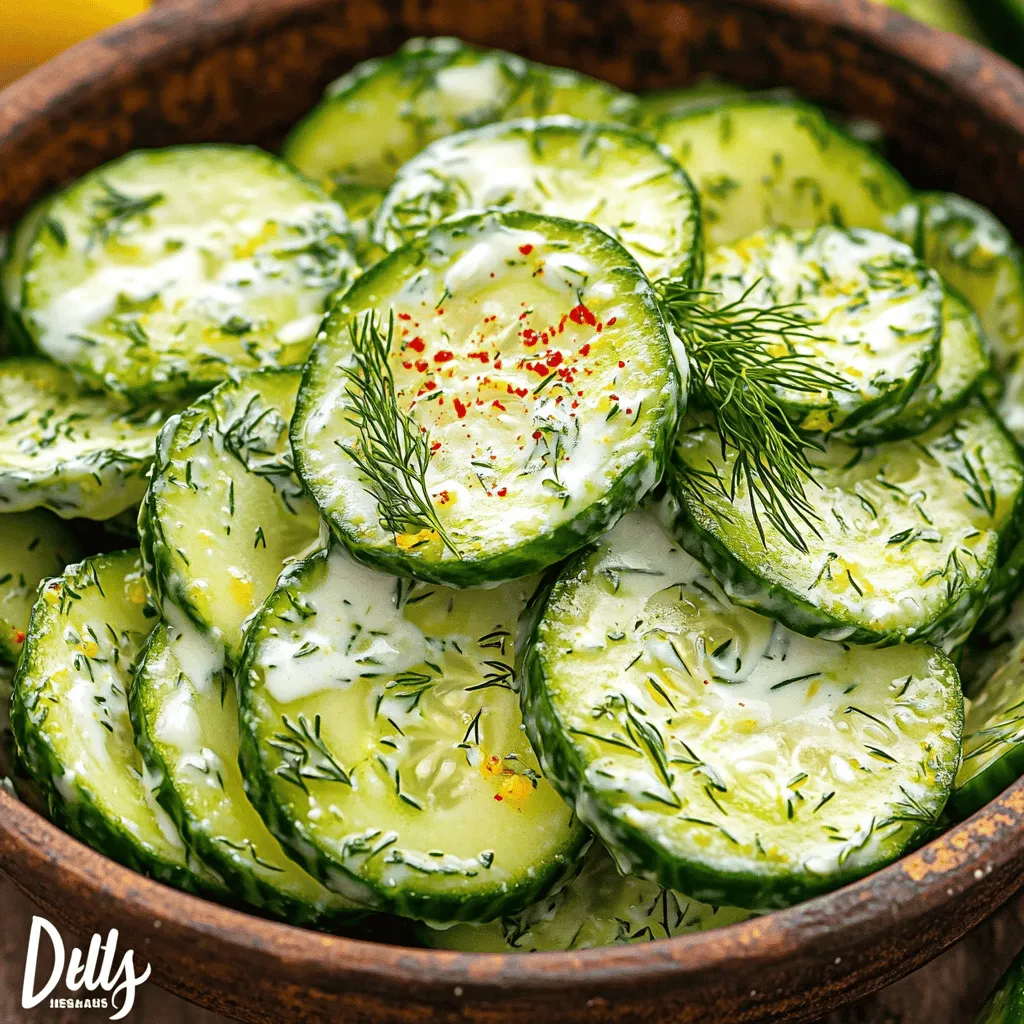
5-Minute Cucumber Snack Quick and Refreshing Treat
Looking for a quick and refreshing snack? This 5-Minute Cucumber Snack is the answer! Packed with flavor and crunch, this treat is perfect for any

Healthy Street Corn Pasta Salad Fresh Flavorful Dish
Looking for a refreshing dish that packs a punch? My Healthy Street Corn Pasta Salad is just what you need! With its vibrant flavors and
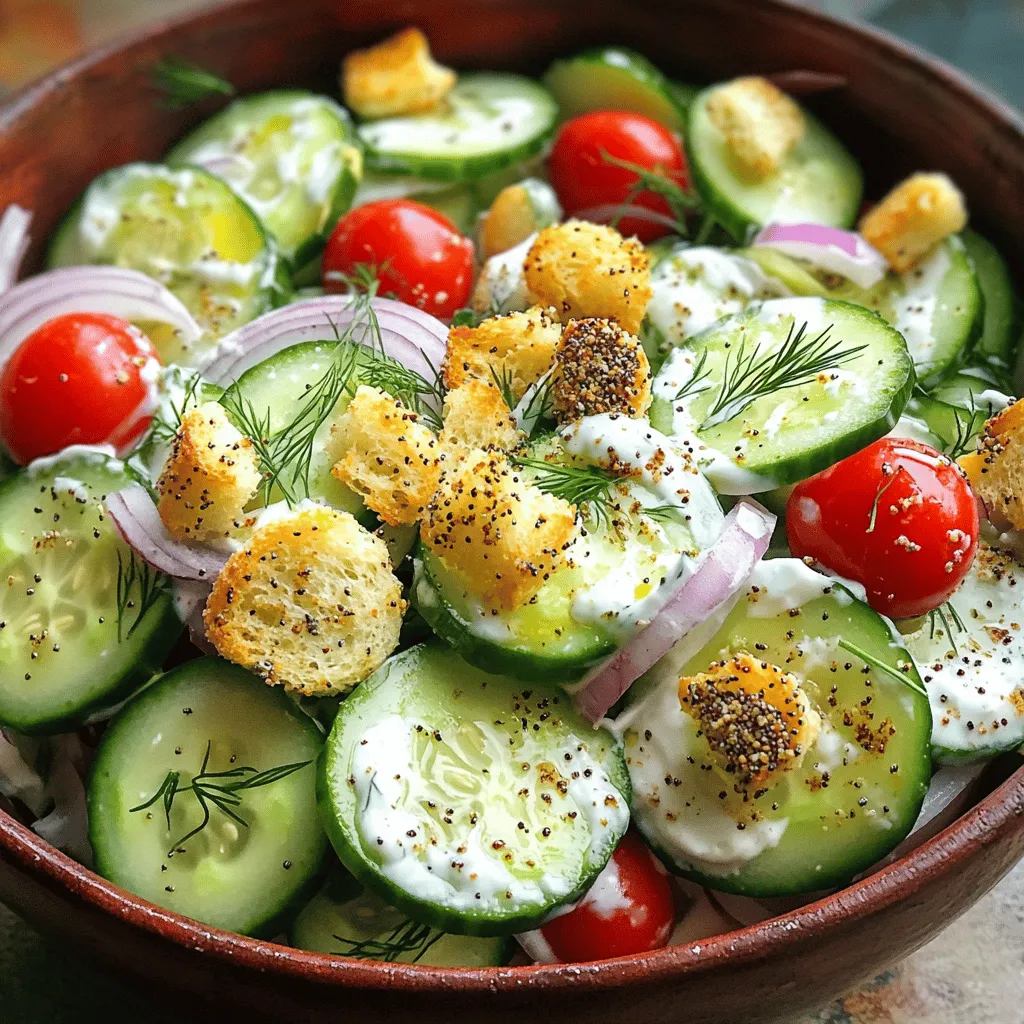
Cucumber Everything Bagel Salad Fresh and Flavorful
Looking for a fresh twist on your salad game? My Cucumber Everything Bagel Salad is just what you need! It bursts with flavor and uses
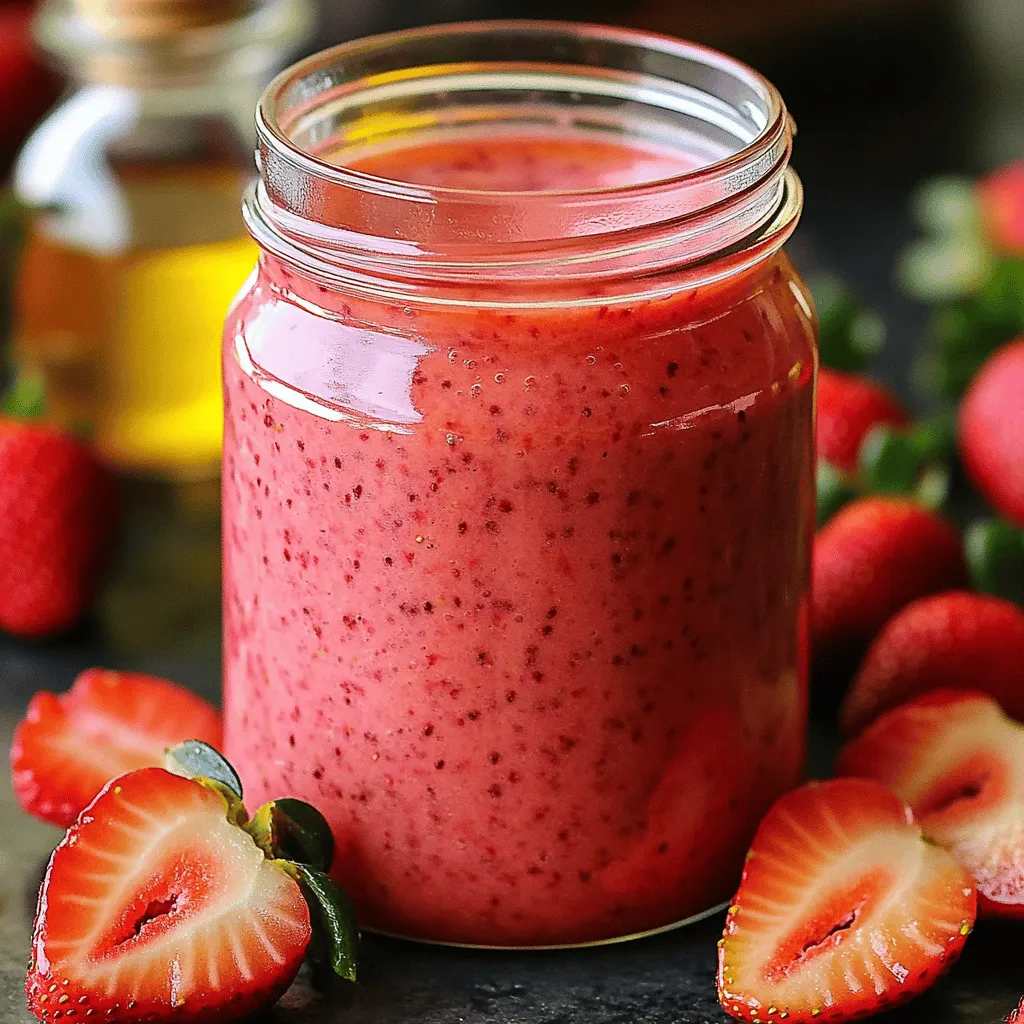
Strawberry Vinaigrette Fresh and Flavorful Dressing
Looking for a fresh and flavorful dressing that brightens up your meals? Strawberry vinaigrette is your answer! This easy recipe uses simple, wholesome ingredients to

Creamy Blueberry Salad Dressing Simple and Tasty Mix
Are you ready to elevate your salads from ordinary to extraordinary? In this blog, I’ll share my simple and tasty recipe for a creamy blueberry
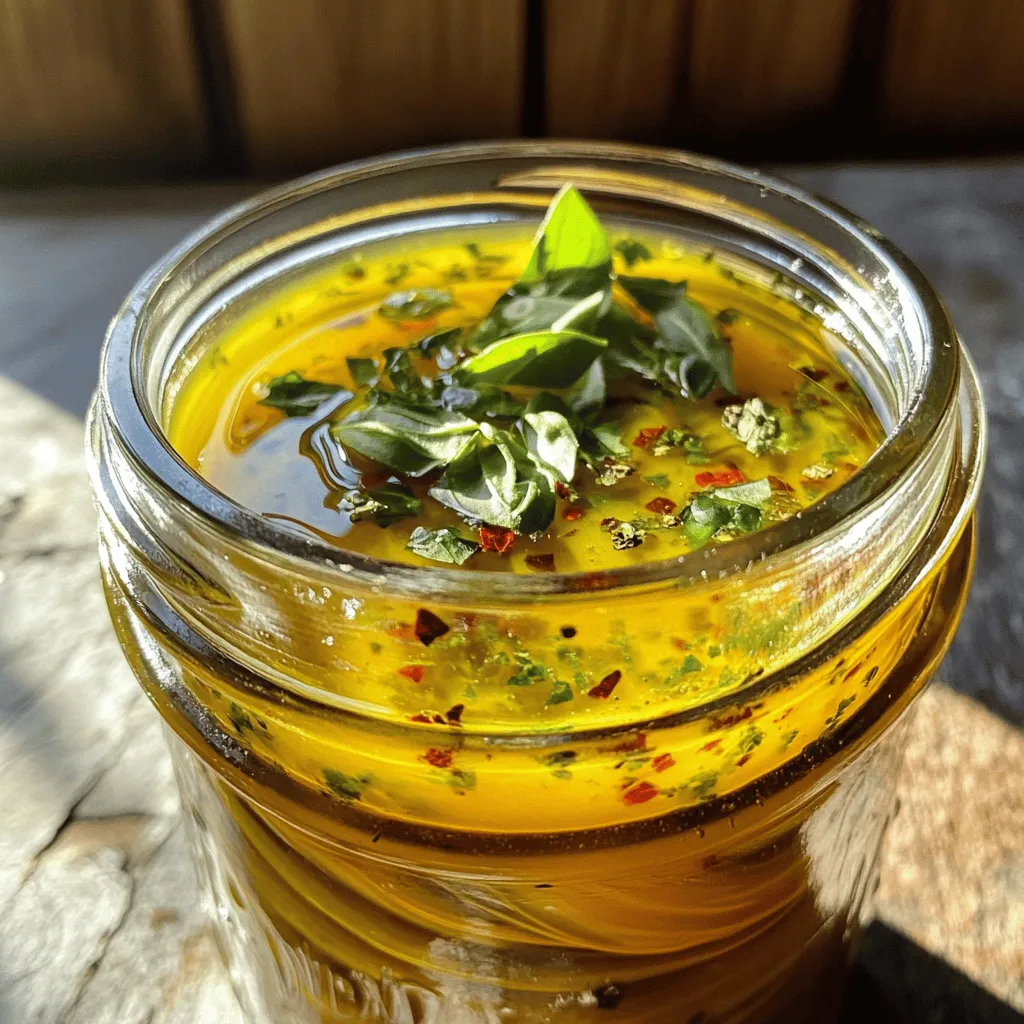
Homemade Italian Salad Dressing Fresh and Flavorful Mix
Are you ready to elevate your salads with a burst of flavor? Homemade Italian salad dressing is your answer! This creamy, tangy mix is easy
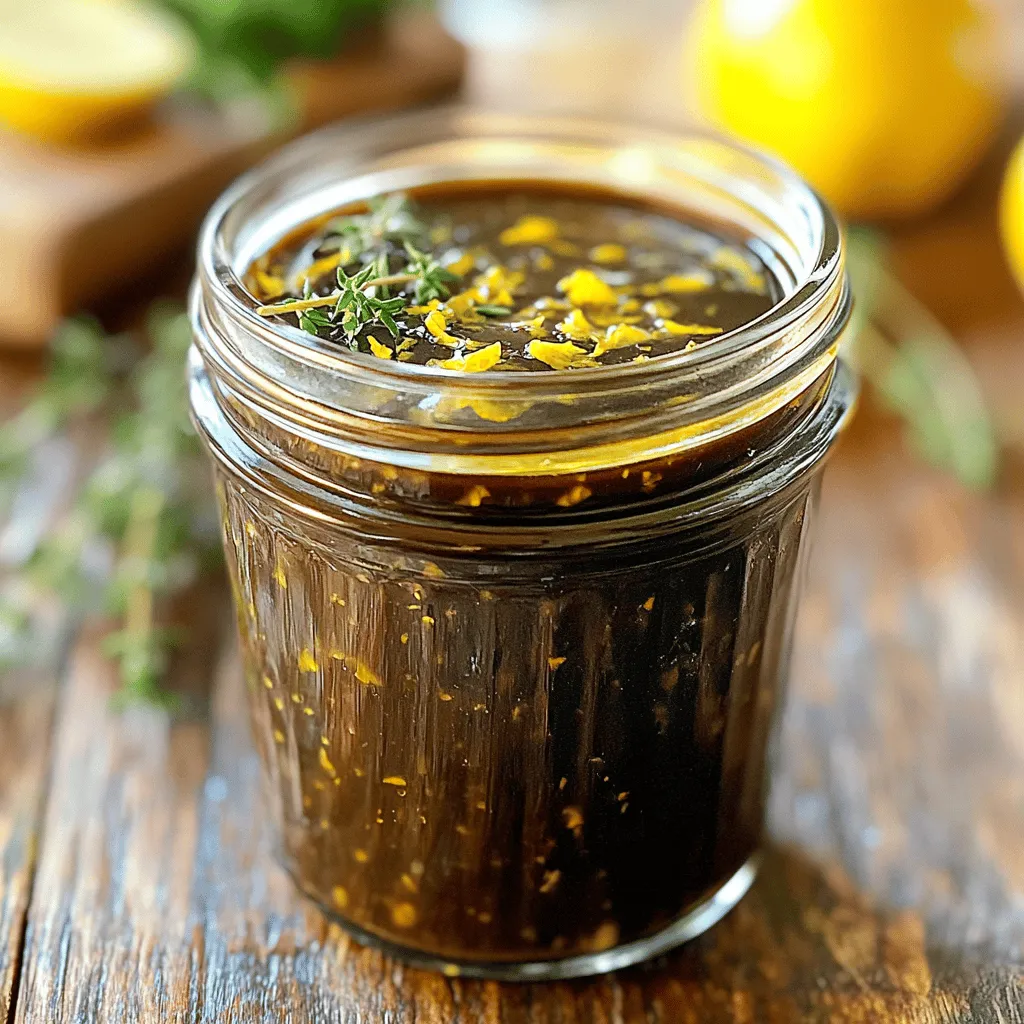
Balsamic Vinaigrette Dressing Simple Flavor Boost
Looking to add a burst of flavor to your meals? Balsamic vinaigrette is simple to make and delicious! In this guide, I’ll walk you through
. - Rinse and slice cucumbers and radishes - Using a mandoline or knife for thin slicing Start by rinsing your cucumbers and radishes under cold water. This helps remove any dirt. Next, use a mandoline or a sharp knife to slice the cucumbers and radishes thinly. Thin slices make the salad crunchy and refreshing. Aim for even slices to ensure a great texture. - Combine sliced vegetables in a large bowl - Toss gently to mix In a large bowl, add the sliced cucumbers and radishes. Make sure to combine them well. Toss them together gently until they mix evenly. This step is simple but essential for flavor. - Whisk together dressing components in a separate bowl - Ensure a well-combined mixture In a separate bowl, whisk together sesame oil, rice vinegar, soy sauce, honey (or maple syrup), and grated ginger. Mix well until all the ingredients blend smoothly. A good dressing makes the salad shine. - Pour dressing over vegetables and coat well - Add seasoning and garnishes Now, pour the dressing over the vegetables. Coat them well to ensure every bite is tasty. Add salt to taste, along with toasted sesame seeds and chopped green onion. Toss everything lightly to incorporate these extras. - Let the salad rest for 10-15 minutes - Serve chilled or at room temperature Allow the salad to rest for about 10-15 minutes. This lets the flavors meld together. Serve it chilled or at room temperature for a delightful side dish. You can find the Full Recipe for more details. Thin slices make a big difference in this salad. They create a crunchy texture and help flavors blend. Using a mandoline makes this easy and effective. A sharp knife works too, but you must be careful. Always cut away from your fingers to stay safe. You can change up your dressing easily! Try using agave syrup instead of honey for a vegan option. If you want less sweetness, reduce the honey or syrup. For a tangy kick, add a splash of lime juice. Tasting as you go helps find the right balance for your palate. This salad pairs well with grilled chicken or fish. It also complements spicy Asian dishes nicely. For a beautiful touch, serve it in a clear bowl. This way, the vibrant colors pop! You can sprinkle extra sesame seeds on top to catch the eye. For the full recipe, check out the [Full Recipe]. {{image_2}} You can make this salad heartier by adding protein. Chicken is a great choice. Simply grill or roast it and slice it thinly. Toss the chicken in with the cucumbers and radishes. If you prefer a plant-based option, tofu works well too. Press the tofu to remove excess water, then sauté or grill it. Cube the tofu and mix it into your salad for a filling meal. Want to spice things up? Add chili flakes for a kick. Just sprinkle a little on top before serving. You can also bring in fresh herbs like cilantro or mint. These herbs add a bright flavor and make the dish feel fresh. Chop them finely and mix them in right before you serve. This salad can change with the seasons. In spring or summer, add colorful bell peppers for crunch. In the fall, consider shredded carrots for sweetness. Feel free to swap out the dressing too. Try adding citrus juice or yogurt for a different taste. This keeps your salad exciting all year long! For more on how to make this delicious dish, check out the full recipe. To keep your Asian Cucumber Radish Salad fresh, store leftovers in the fridge. Use an airtight container to keep moisture out. This helps maintain that crunchy texture. Always cool the salad to room temperature before sealing it. This prevents condensation inside the container. The salad stays fresh for about 2-3 days in the fridge. After this time, the vegetables might lose their crunch. Look for signs of spoilage, like a slimy texture or off smells. If you notice any of these, it’s best to throw the salad away. Prep your salad a day in advance for easy meals. Slice cucumbers and radishes, but store them separately. This keeps them crisp until serving time. Make the dressing ahead and keep it in a small jar. Just mix everything together right before you eat. Enjoy your fresh salad with a burst of flavor! Yes, you can prep this salad ahead of time. To do this, slice the cucumbers and radishes and store them in an airtight container. Keep the dressing in a separate bowl. Combine everything just before serving. This way, the salad stays crunchy and fresh. Yes, this salad can be gluten-free. Use gluten-free soy sauce or tamari instead of regular soy sauce. This small change makes it safe for those with gluten intolerance. This salad pairs well with grilled chicken or fish. It also goes nicely with rice dishes or stir-fries. You can even serve it as a fresh side with tacos or burgers for a tasty twist. To add heat, you can include sliced jalapeños or red chili flakes. Another option is to add a dash of sriracha or chili oil to the dressing. Adjust the amount based on your spice level preference. For the full recipe, check out the detailed instructions and ingredients list. This blog post details how to make a fresh, tasty Asian cucumber radish salad. We focused on choosing the best ingredients, preparing them correctly, and mixing them well. I shared tips for different flavors and storage, so you can enjoy this salad at its best. In conclusion, this salad is a simple, healthy dish with many options. Enjoy trying new variations or serving ideas to suit your tastes!](https://therecipehatch.com/wp-content/uploads/2025/07/d88546ac-fbcf-4396-9044-bf00f9d69b5c.webp)
Asian Cucumber Radish Salad Fresh and Flavorful Mix
Looking for a bright, refreshing dish that’s easy to make? This Asian Cucumber Radish Salad combines crisp cucumbers and zesty radishes with a flavorful dressing.